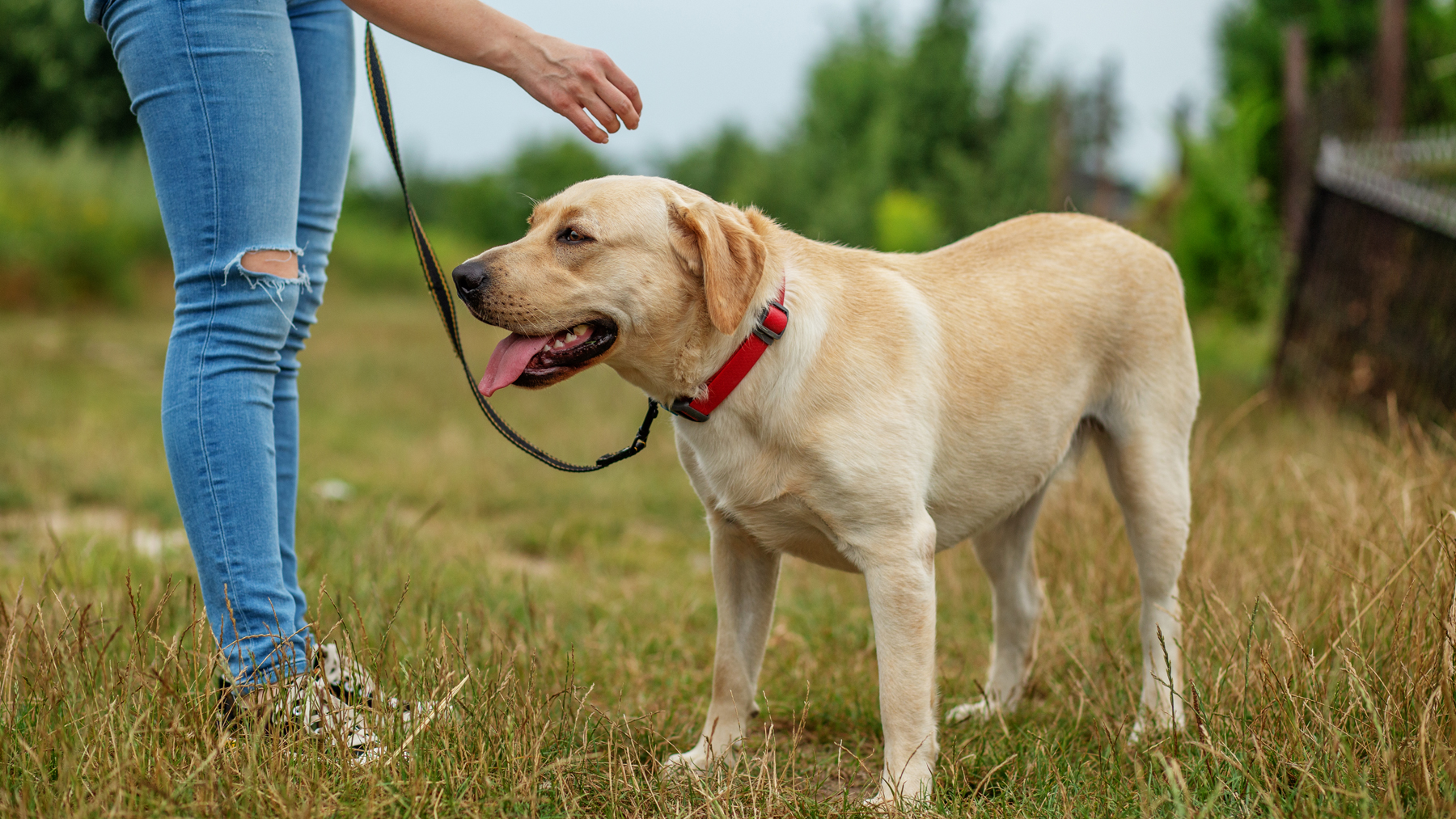Trainer shares fun game you can play with your dog to prevent leash pulling — and it’s super effective!
Take the stress out of those daily walks and improve your dog's behavior with this fun game to stop leash pulling

For many of us, part of the joy of getting a dog is imagining how wonderful it will be to get to enjoy a relaxing daily walk together. But that dream can quickly turn into a nightmare if we have a canine companion who spends the whole walk pulling on their leash.
Just like learning how to stop a dog from jumping up, training your pup to walk well on their leash can feel more than a little challenging. Thankfully, expert trainer Piper Novick has devised a fun game you can play with your dog to help them be better behaved on walks - and it couldn't be easier!
In a video shared to Instagram, Novick outlines the rules of the game and exactly how to play it for the most effective results. You can check out the clip in full below or read on for a summary of everything you need to know.
A post shared by Happy Dogs Training (@happydogstrainingnc)
A photo posted by on
The red light, green light game is one of Novick's favorite games to play with the dogs she trains and the rules are simple:
"When your dog is at your side with a loose leash = green light: Keep moving and reward generously at your side," she explains. "If your dog pulls the leash tight = red light: Stop moving, back up slowly until your dog comes back towards you."
Novick says that it's important that your dog understands some basic skills before starting, such as coming to your side when asked and how leash pressure indicates whether to stop or go, and that they wear a well-fitted front-clip harness that's attached to a six-foot leash.
When it comes to how to start and proceed with the game, Novick says choosing the right environment is key.
Get the best advice, tips and top tech for your beloved Pets
"Start somewhere with limited to no distractions, practice some basic skills first ensure your dog is happy and motivated to train," she advises.
"Start moving, if your dog walks with you and keeps a loose leash = green light and remember to reward at your side. If your dog pulls = red light. Remember not to yank, pop or pull on the leash. Your dog should already be conditioned to come back towards you, if not you should practice basic skills more."
Once your dog has mastered the game in a quiet setting, Novick suggests generalizing to different environments and increasing the difficulty.
As with training any new skill, teaching your dog to not pull on their leash takes time, patience and consistency. We recommend reaching out to a professional trainer if you feel you and your pup would benefit from some 1:1 support in this area.
For more great canine content, be sure to check out the three reasons why your dog's recall isn't reliable (and what to do about it).

Kathryn is a freelance writer who has been a member of the PetsRadar family since it launched in 2020. Highly experienced in her field, she's driven by a desire to provide pet parents with accurate, timely, and informative content that enables them to provide their fur friends with everything they need to thrive.
Kathryn works closely with vets and trainers to ensure all articles offer the most up-to-date information across a range of pet-related fields, from insights into health and behavior issues to tips on products and training.
When she’s not busy crafting the perfect sentence for her features, buying guides and news pieces, she can be found hanging out with her family (which includes one super sassy cat and a kitten), drinking copious amounts of Jasmine tea and reading all the books.
She has written for a range of publications, including Fit&Well, Top Ten Reviews, LiveScience, Goodto, and Product Hunt.
